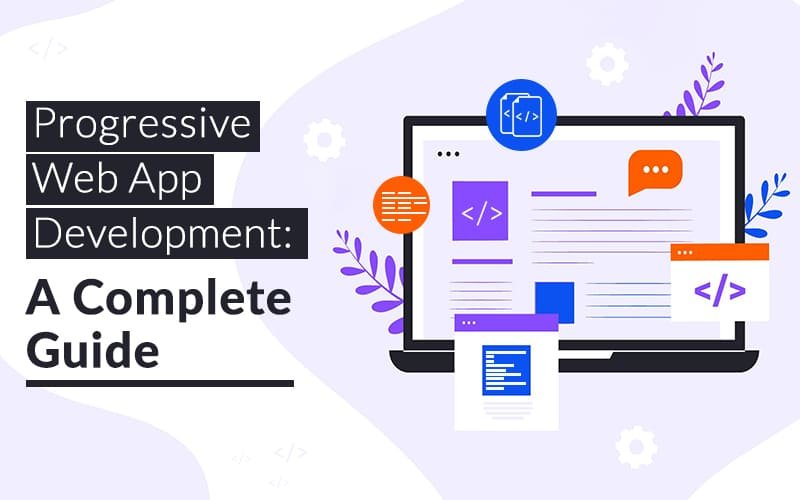
Understanding Progressive Web Apps
Definition of Progressive Web Apps (PWAs)
Progressive Web Apps (PWAs) represent a game-changing fusion of web and mobile application experiences. They harness modern web capabilities to deliver an app-like experience to users right from their browsers. Essentially, PWAs are web applications that can be accessed on any device, with the same functionality as native apps, thanks to features like offline access and push notifications.
Imagine you’re at a café, browsing your favorite online store. Instead of a clunky website, a PWA would provide a speedy, app-like interface, making purchases seamless. That’s the beauty of PWAs—they adapt to the user’s needs and the device they’re on.
Benefits of Developing PWAs
Developing PWAs comes with a plethora of advantages that can transform how businesses engage with their users:
- Cross-Platform Compatibility: PWAs work on any platform with a web browser, eliminating the need for multiple versions of the app.
- Offline Access: Users can interact with the app even without internet connectivity, thanks to service worker technology.
- Increased Engagement: With features like push notifications, businesses can keep users informed and engaged, driving higher retention rates.
- Improved Performance: PWAs load quickly and provide smooth interactions, enhancing the overall user experience.
In summary, PWAs are revolutionizing user experience by merging the best elements of web and mobile applications, making them a worthy investment for any business looking to thrive in a digital landscape.
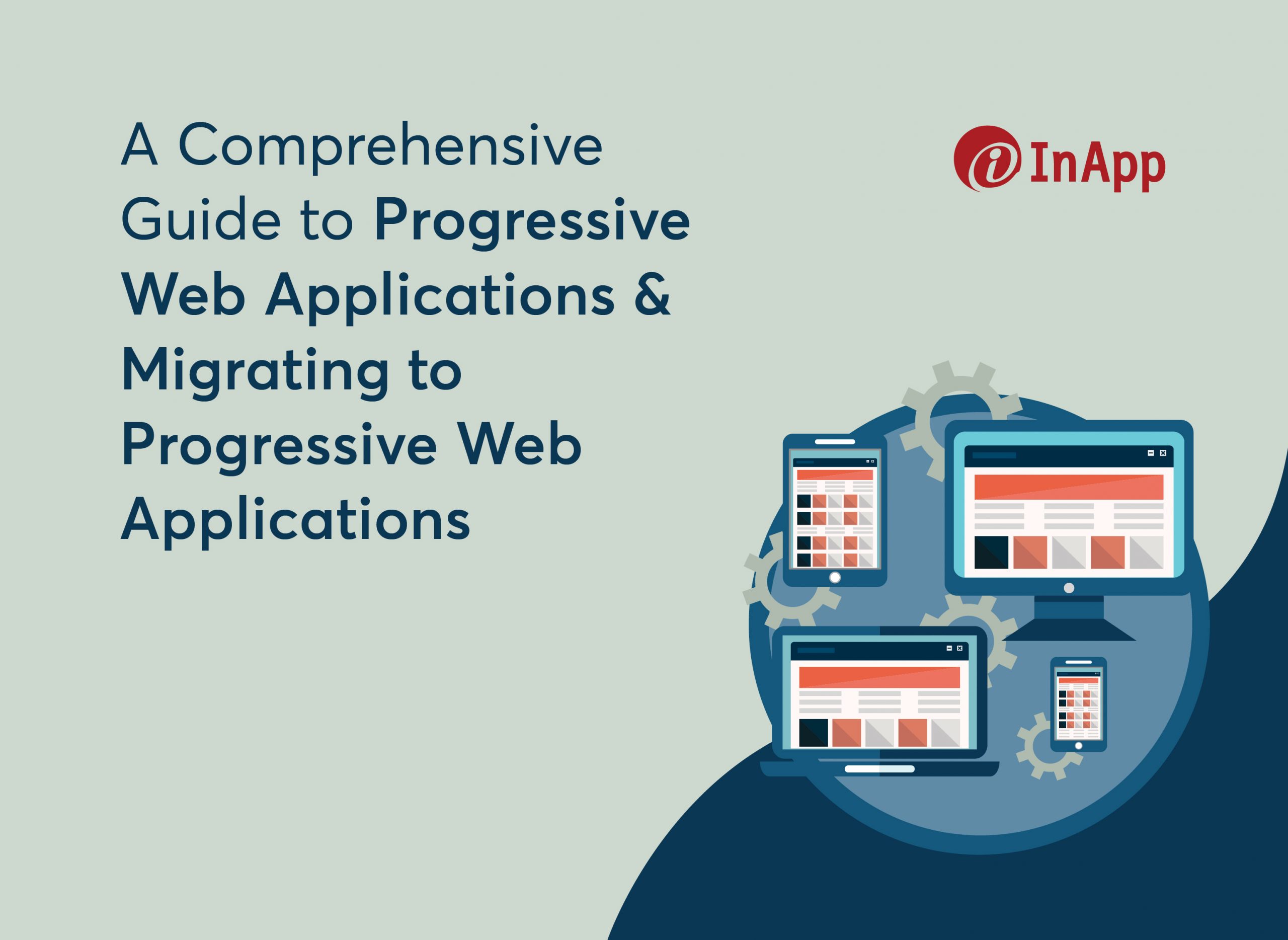
Getting Started with PWAs
Requirements for Developing PWAs
Now that we’ve established what Progressive Web Apps (PWAs) are and their benefits, let’s dive into how to start developing these innovative applications. One of the first things to consider is the essential requirements for PWAs:
- HTTPS: A secure connection is crucial for PWAs. HTTPS ensures the security of user data and allows service workers to function effectively.
- Web App Manifest: This JSON file provides metadata about the app, like its name, icons, and theme colors, enabling it to be installed on the user’s device.
- Service Workers: Service workers act as a middle layer between the web application and the network, allowing features like caching and offline capabilities.
Having these components in place is the foundation of a successful PWA.
Tools and Technologies for PWAs
With requirements sorted, the next step is choosing the right tools and technologies to streamline the development process. Here’s a selection that can make your PWA development journey smoother:
- Frameworks: Consider using frameworks like React, Angular, or Vue.js. They help create responsive and high-performance PWAs quickly.
- Workbox: This library simplifies the process of working with service workers, enabling advanced caching strategies with ease.
- Lighthouse: A powerful tool to audit your PWAs for performance, accessibility, and SEO best practices, ensuring they meet high-quality standards.
By equipping yourself with these requirements and effective tools, you’re well on your way to developing robust and engaging PWAs that can captivate your audience.

Designing a Progressive Web App
User Experience (UX) Considerations
With the foundational elements in place for your Progressive Web App (PWA), it’s time to focus on design, pivotal for user retention and satisfaction. Effective User Experience (UX) design is all about understanding your audience and solving their problems seamlessly. Here are several key considerations:
- Intuitive Navigation: Ensure users can easily find what they’re looking for. Clear iconography and logical flow are essential.
- Fast Loading Times: Users won’t wait long for content—aim for under three seconds. Incorporating lazy loading for images and assets can dramatically improve load times.
- Feedback Mechanisms: Integrate visual signals—like loading spinners or progress bars—to make users aware of ongoing actions.
Sharing an anecdote, when I first tried a PWA for a task management tool, I was impressed by how smoothly everything operated, making it effortless to navigate even under time constraints.
Responsive Design and Performance Optimization Techniques
The next step is to ensure your PWA is not only visually appealing but also responsive across various devices and screen sizes. Here are some techniques to consider:
- Fluid Grids and Flexbox: Utilize CSS frameworks like Bootstrap or Flexbox for fluid layouts that adapt to any screen size.
- Media Queries: Implement media queries to customize styles based on screen dimensions, ensuring the app looks great on mobile, tablet, and desktop.
For performance optimization, techniques like:
- Image Compression: Reduce image sizes without sacrificing quality.
- Minification of CSS and JavaScript: Remove unnecessary whitespace and comments to decrease bandwidth usage.
By prioritizing UX and implementing responsive design and performance optimization techniques, developers can create PWAs that captivate and retain users effectively.
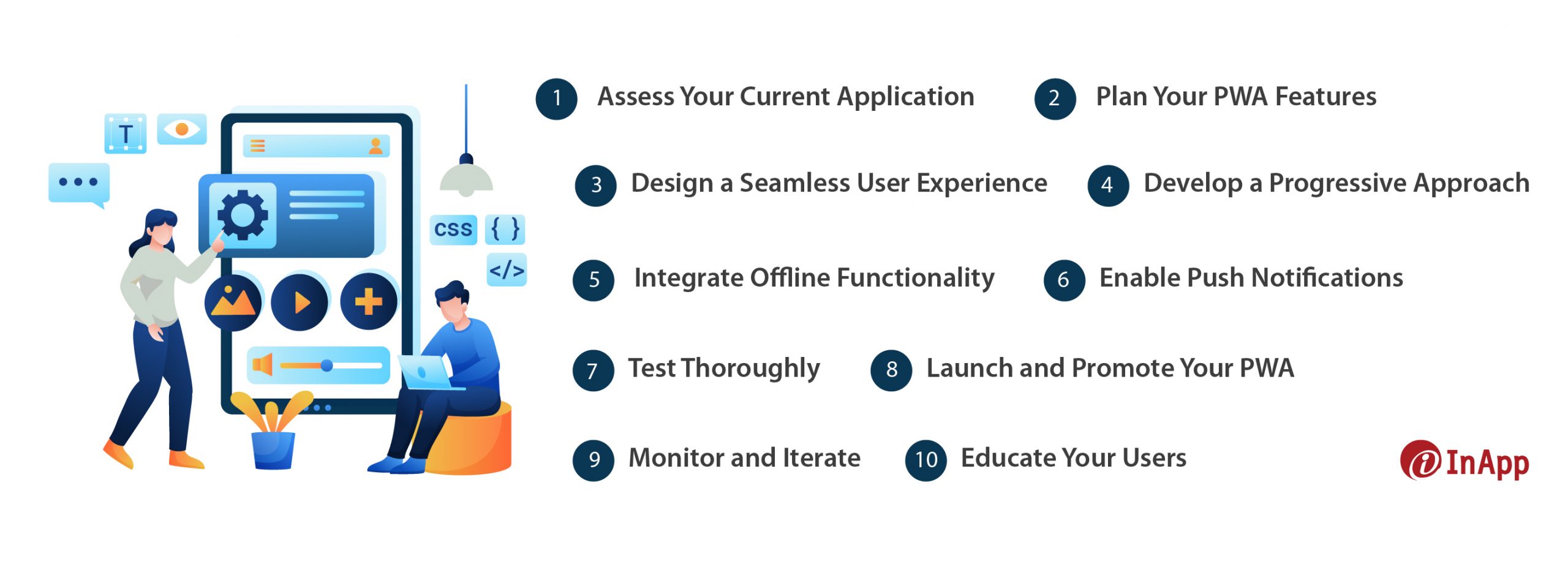
Developing Features for PWAs
Offline Functionality with Service Workers
Now that your Progressive Web App (PWA) is designed with user experience in mind, it’s time to delve into some of the most exciting features that make PWAs stand out—beginning with offline functionality. Service Workers are the backbone of this capability, acting as a proxy between your application and the network. Here’s how they enhance offline access:
- Caching Strategies: By caching critical assets and data, PWAs can load even when there’s no internet connection. This ensures users have access to key features and content any time they need it.
- Dynamic Content Management: Service Workers can update cached content dynamically based on user interactions, providing a seamless experience.
For instance, I recall using a news app that loaded previously read articles even when I was underground on a subway. This exemplified how crucial offline functionality can be.
Push Notifications and Background Sync
In addition to offline capabilities, push notifications and background sync are vital features that can significantly enhance user engagement.
- Push Notifications: These notifications allow you to reach users even when they’re not actively using your app. Whether it’s an update about a new blog post or a reminder about a special offer, push notifications keep your audience informed.
- Background Sync: This feature ensures that any actions taken while offline (like sending messages or submitting forms) are synchronized once the user is back online.
Imagine you’re drafting an email or updating a task list while traveling—background sync ensures everything is saved and sent at the right moment.
By integrating service workers for offline functionality and leveraging push notifications alongside background sync, developers can create a PWA that remains responsive and engaging, fulfilling user needs in real-time regardless of connectivity.
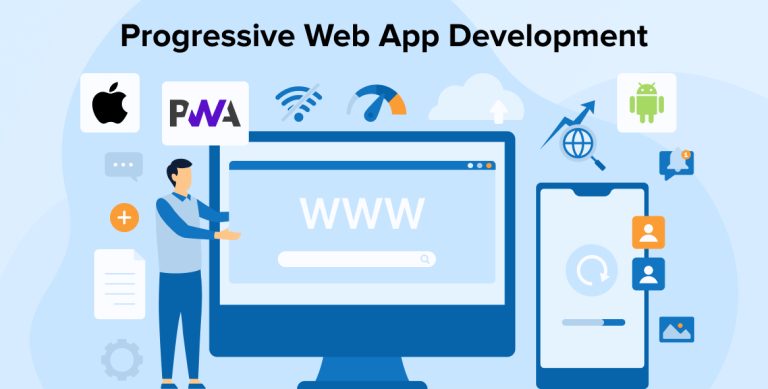
Implementing Installable Features
Adding PWAs to Home Screen
With the essential features of your Progressive Web App (PWA) in place, the next exciting step is to implement installable features that elevate user engagement. One of the standout features of PWAs is the ability for users to add them directly to their home screens, creating an app-like experience.
When users visit your PWA, a prompt can encourage them to install the app. Here’s how it works:
- User Visibility: Ensure that the installation prompt is noticeable but not intrusive. Best practices suggest prompting users after they’ve engaged with the app multiple times.
- Intuitive Instructions: Provide clear, easy-to-follow instructions on how to add the app to their home screen, making the installation process intuitive.
I fondly recall my first experience with a PWA—I instantly appreciated how easy it was to access my favorite task manager right from my phone’s home screen, making my daily planning much more approachable.
Configuring Manifest File for Installability
The cornerstone of making your PWA installable is the web app manifest file, a JSON file that contains essential metadata. Here’s how to configure it:
- Essential Fields: Include fields like “name,” “short_name,” “start_url,” and “icon.” These elements inform browsers how to display your app on the home screen.
- Display Mode: Set the display mode to “standalone” to ensure the app opens in its own window, free from the browser interface.
Here’s an example snippet for clarity:
{
"name": "My Wonderful PWA",
"short_name": "PWA",
"start_url": "/index.html",
"display": "standalone",
"icons": [
{
"src": "images/icon-192x192.png",
"sizes": "192x192",
"type": "image/png"
}
]
}By effectively configuring your manifest file and facilitating easy installation on home screens, you optimize the user’s experience and encourage habitual engagement with your PWA, transforming casual visitors into loyal users.
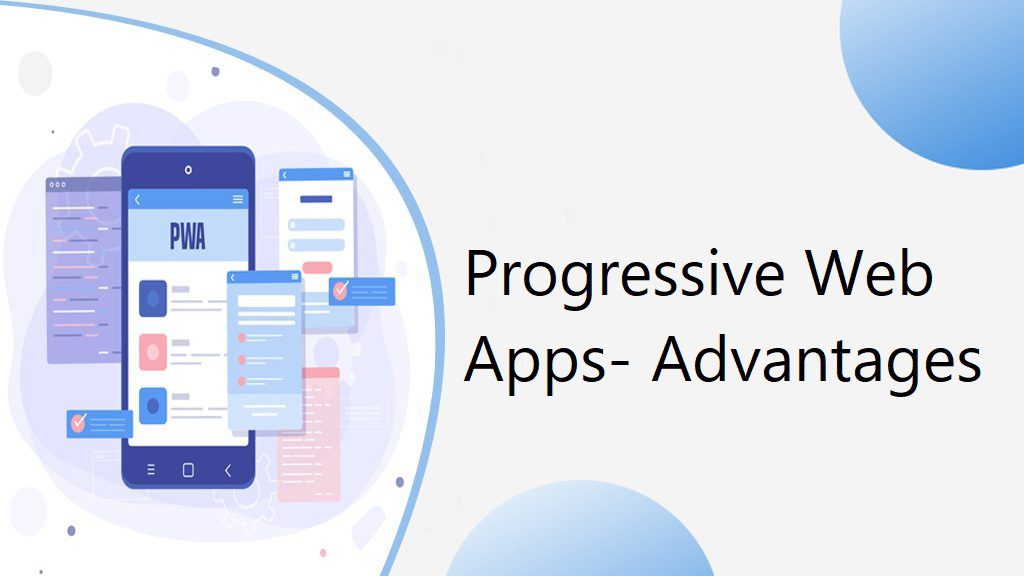
Testing and Debugging PWAs
Testing Strategies for PWAs
As we move deeper into the development lifecycle of Progressive Web Apps (PWAs), the importance of rigorous testing cannot be overstated. Testing ensures that your app functions seamlessly across various devices, browsers, and networks. Here are some effective strategies:
- Cross-Browser Testing: Since PWAs are accessed via web browsers, it’s essential to test them on multiple browsers like Chrome, Firefox, and Safari. Tools like BrowserStack can help facilitate this process.
- Performance Testing: Utilize tools like Lighthouse or WebPageTest to analyze load times, responsiveness, and overall performance. These tools provide insights that can help enhance user experience significantly.
When I first deployed my PWA for a personal finance app, running performance tests revealed slow loading times that we quickly improved, resulting in happier users.
Debugging Techniques for PWAs
Once testing is underway, debugging becomes the next priority to catch and resolve issues that may arise. Here are some techniques to keep in mind:
- Use Chrome DevTools: A powerful ally for developers, Chrome DevTools allows you to inspect elements, monitor network requests, and view console logs in real-time.
- Service Worker Debugging: Understand how your service workers are performing by checking their status in the Application panel. Monitor caching strategies and updates to ensure optimal offline functionality.
In my experience, going through console logs can often unveil hidden issues that impact usability, leading to quick fixes that can make a world of difference.
By employing robust testing strategies and effective debugging techniques, developers can significantly enhance the reliability and performance of their PWAs, ensuring a delightful experience for users.
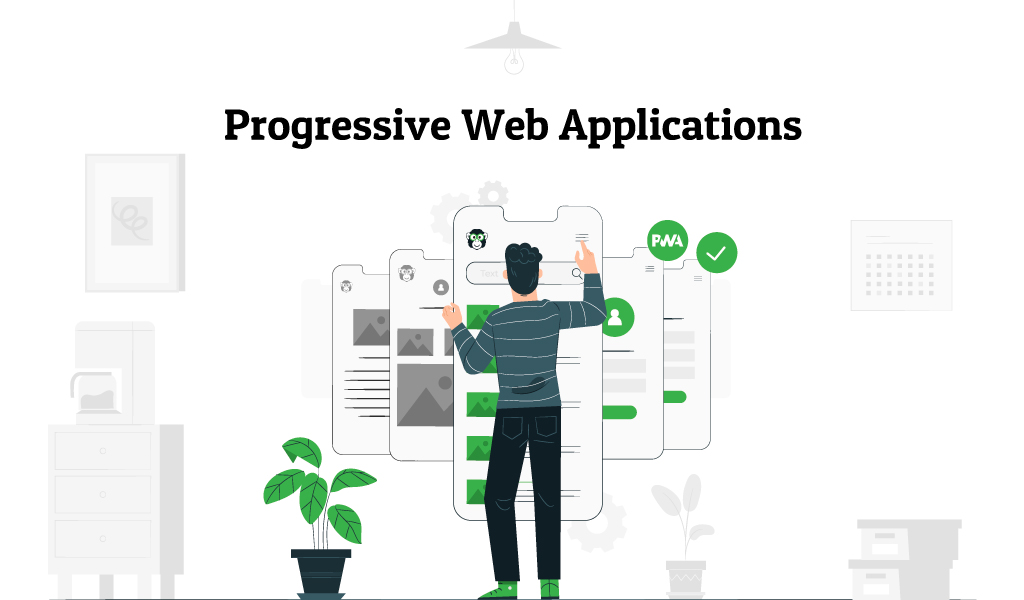
Deploying and Publishing PWAs
Hosting Options for PWAs
After meticulously testing and refining your Progressive Web App (PWA), it’s time to deploy it! Choosing the right hosting option is critical for ensuring your app runs smoothly and efficiently. Here are some excellent options to consider:
- Static Site Hosts: Platforms like Netlify, Vercel, and GitHub Pages are ideal for hosting PWAs since they offer seamless deployment with features like continuous integration. They excel at serving static content quickly and at scale.
- Cloud Providers: If you expect higher traffic or need more customization, consider cloud services like AWS, Google Cloud, or Azure. They provide scalability and are particularly good for more complex applications.
- Global Content Delivery Networks (CDN): Using a CDN can significantly improve your app’s performance by caching content across various geographic locations, thus reducing latency.
I remember hosting a PWA that tracked fitness activities; using a static site host made deployment a breeze, allowing me to focus on enhancements.
Submission to App Stores and SEO Considerations
Once your PWA is successfully hosted, consider submission to app stores for added visibility. Although PWAs are accessible via browsers, being in app stores can increase discoverability:
- Google Play Store: Utilize Trusted Web Activities (TWA) to submit your PWA to the Google Play Store. It allows users to install the app without noticing that it’s a web application.
- SEO Best Practices: Don’t overlook Search Engine Optimization (SEO). Ensure proper meta tags are in your manifest file, and utilize structured data to enhance search visibility.
When I submitted my PWA to the Play Store, it felt rewarding to see my app directly accessed by a wider audience.
By choosing the right hosting solution and strategically submitting your PWA to app stores while maintaining diligent SEO practices, you enhance your app’s visibility and reach, paving the way for higher user engagement and success.
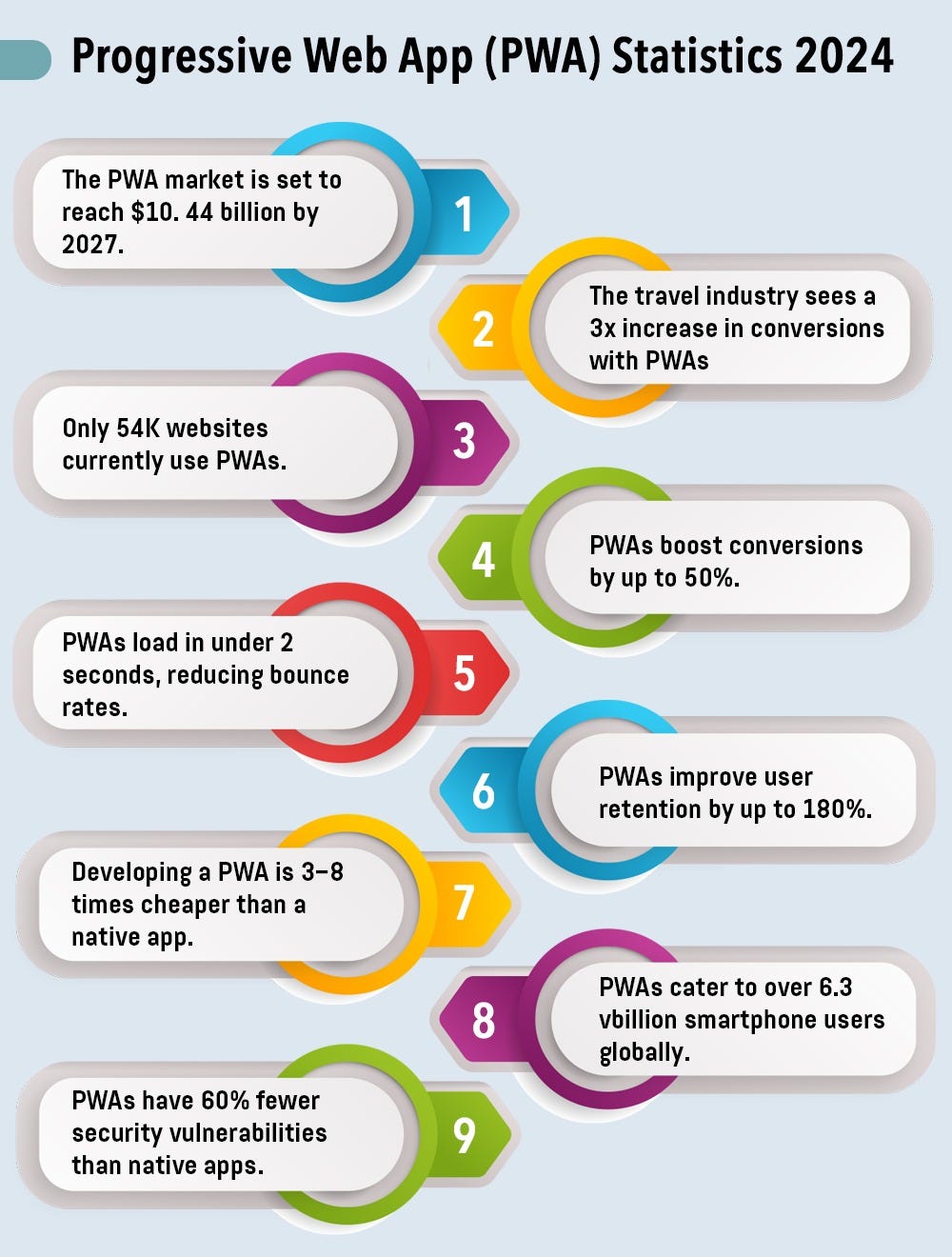
Analyzing and Improving PWAs
Performance Monitoring and Metrics
With your Progressive Web App (PWA) live and gaining users, the next critical step is to focus on analyzing its performance. It’s crucial to consistently monitor how well your app is doing in real time. Key performance indicators (KPIs) such as:
- Load Times: How quickly does your app render for users? Aim for under three seconds.
- First Contentful Paint (FCP): This measures the time taken for the first piece of meaningful content to be rendered. A shorter FCP leads to better user satisfaction.
- Time to Interactive (TTI): This metric reveals how long it takes for your app to become fully interactive.
Utilizing tools like Google Lighthouse or WebPageTest will help you gain valuable insights into these metrics. I recall when I analyzed my own PWA for a recipe sharing platform; identifying slow load times led to practical adjustments that improved user retention significantly.
User Feedback and Iterative Improvements
While performance metrics provide quantitative data, user feedback offers qualitative insights crucial for iterative improvements. Establish channels for users to share their experiences, such as:
- In-App Surveys: Consider implementing short surveys after key interactions to gather immediate feedback.
- User Reviews: Pay attention to app store reviews (if applicable) or comments on social media.
Using the feedback gathered, prioritize necessary improvements. For instance, if numerous users mention a convoluted navigation experience, consider a redesign.
In my experience, implementing user feedback not only enhanced usability but also demonstrated to users that their opinions are valued, fostering loyalty.
By diligently monitoring performance metrics and incorporating user feedback, you enable continual improvements to your PWA, ultimately leading to increased engagement and satisfaction among users.
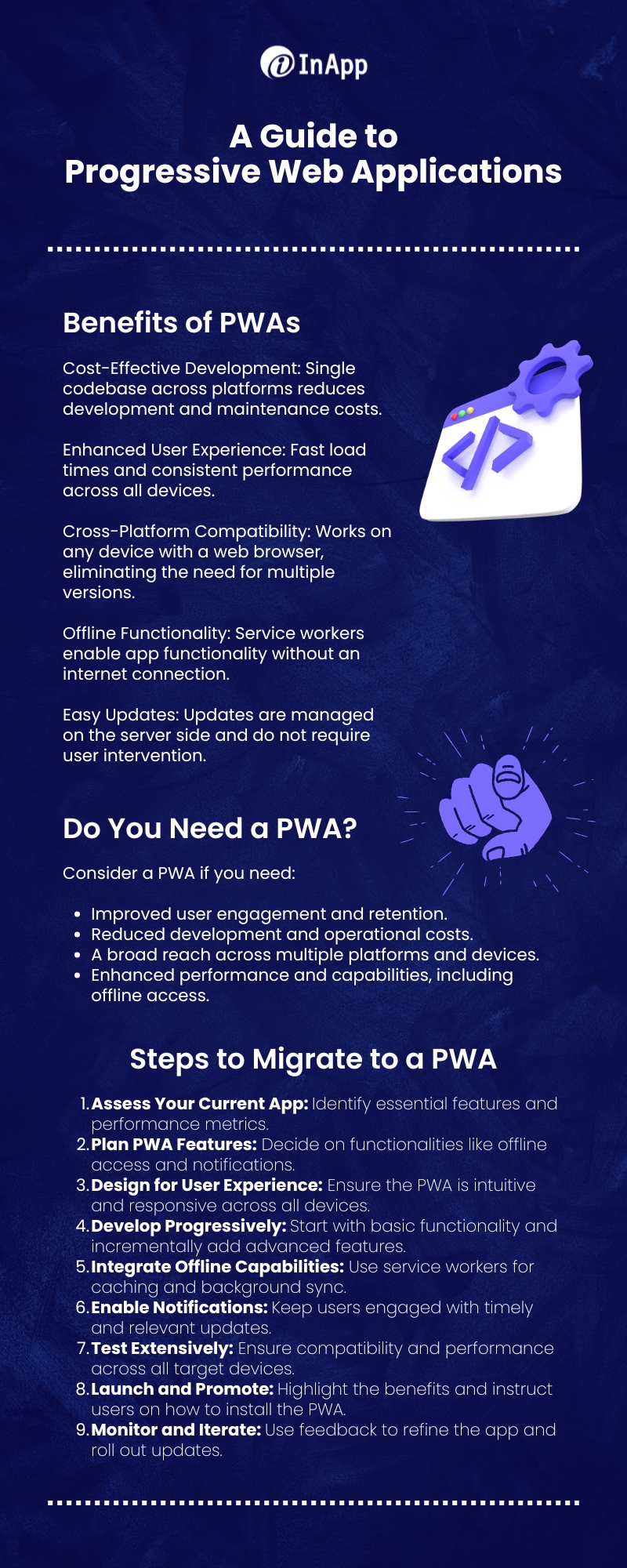
Challenges and Future of Progressive Web Apps
Common Challenges in Developing and Maintaining PWAs
As the landscape of Progressive Web Apps (PWAs) evolves, developers are bound to encounter various challenges during both development and maintenance. Recognizing these hurdles is essential for effective problem-solving:
- Browser Compatibility: While most modern browsers support PWAs, discrepancies still exist. Maintaining consistent performance across diverse browsers can be tricky, particularly with service workers.
- Limited Access to Device Features: Although PWAs have made significant strides, access to native device features (like Bluetooth or advanced sensors) remains limited compared to traditional apps.
- SEO Implementation: While PWAs are inherently SEO-friendly, implementing certain tactics (like server-side rendering) can pose challenges for developers unfamiliar with the intricacies of web optimization.
I recall struggling initially with implementing service workers effectively, realizing that thorough testing across multiple browsers was key to overcoming compatibility issues.
Future Trends and Advancements in PWAs
Looking ahead, the future of PWAs offers promising advancements and trends that can drive their adoption further:
- Greater Native Feature Integration: As browsers evolve, we can expect improved access to device hardware such as cameras and geolocation, allowing PWAs to leverage more functionalities.
- Enhanced Performance Standards: Continuous updates in web APIs will facilitate better performance metrics and capabilities, leading to smoother user experiences.
- Wider Acceptance and Standardization: As PWAs gain popularity among businesses and enterprises, they will likely become standardized in web development practices, influencing the broader ecosystem.
As someone who has embraced PWAs, it’s intriguing to think about their potential to shape future web experiences significantly. With ongoing innovations and a focus on tackling existing challenges, PWAs are on the brink of becoming a foundational element of app development.
